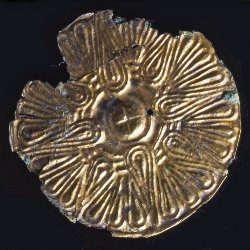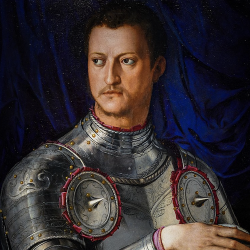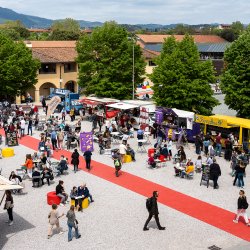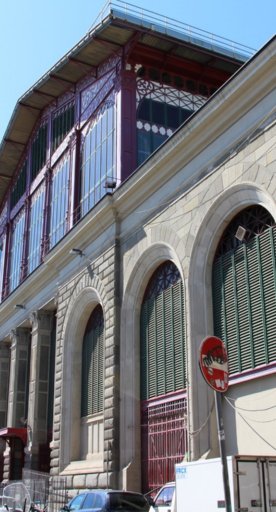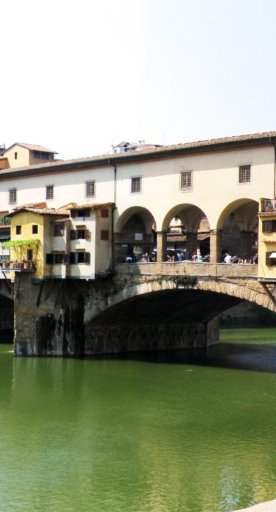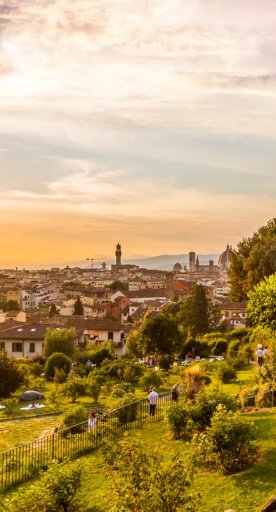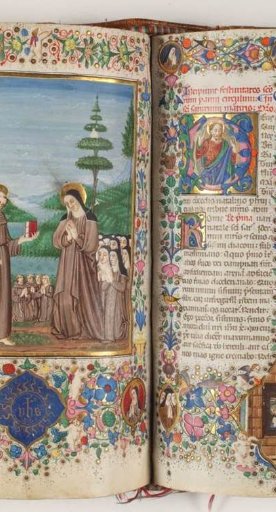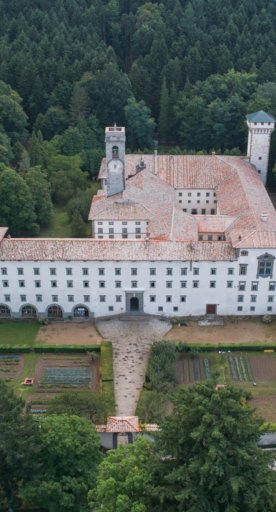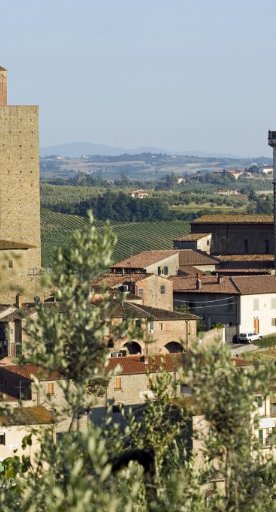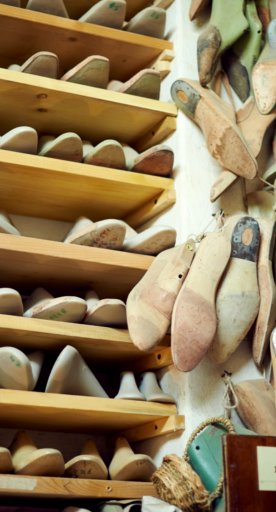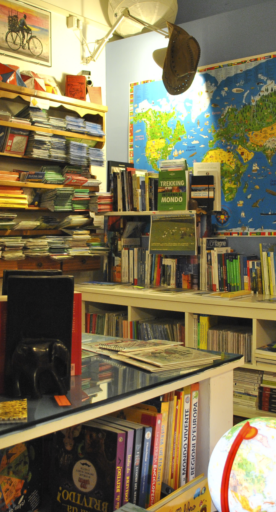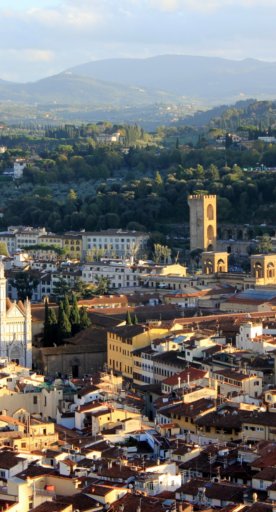Museums in Tuscany with tactile paths
Pathways for people with visual impairments to touch art
Art, in all its manifestations, is a universal language, a form of communication, and as such must be accessible to all.
In this sense, the enjoyment of museum resources is an important part of the cultural education of each person: people with special needs or sensory difficulties must have the opportunity to fully and independently enjoy an environment, space or structure.
That is why these special routes are so important in the cultural life of the cities that host them.
Let’s find out together what they are and what they offer.
-
1.Florence
-
2.Other cities
Florence
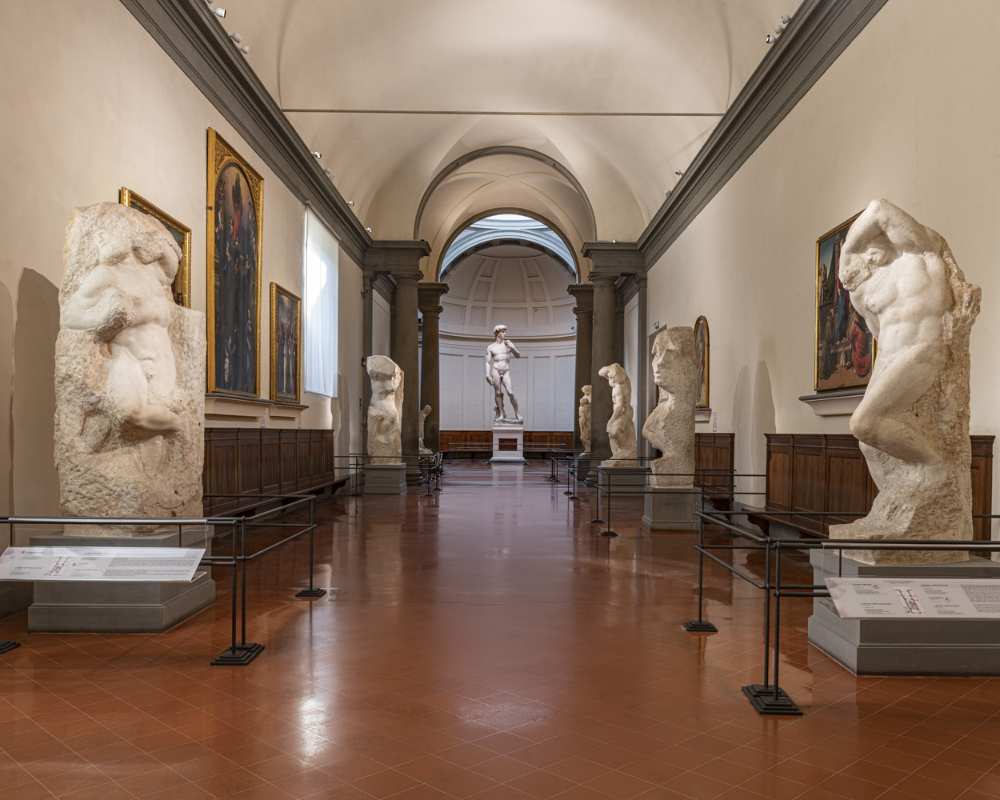
“Uffizi by Touch” is a tactile journey that includes 15 original sculptures from the Medici family’s archaeological collection.
It is designed to be enjoyed independently through a tactile map for orientation that is provided free of charge at the ticket office along with a pair of gloves to be worn during the experience.
Each work has captions in Braille and enlarged characters for visually impaired people, in Italian and English.
The sculptures are located along the Gallery corridors on the second floor and in the Niobe Room and were selected for their archaeological interest but also for their tactile qualities. They are protected by spacers that can be removed by contacting the security staff.
“The tactile tour of the Modern Art Gallery” is a path inside the Modern Art Gallery of Pitti Palace that allows the tactile reading of a selection of sculptural works from the Italian 1800s.
From Room 2 to Room 30, blind and visually impaired visitors can touch ten sculptures, chosen from among the most significant, made of different materials (bronze, marble, wood, semi-precious stones, plaster, terracotta, majolica).
The tour is illustrated by free audio guides that can be requested from the staff in the first room. Next to each work there are short descriptive cards, in Braille and enlarged characters for visually impaired people.
Moreover, the National Museum of Bargello offers a tactile path dedicated to 16th-century sculptures, the Museum of San Marco preserves a bas-relief reproduction of the Annunciation by Beato Angelico, and inside Davanzati Palace, furniture and furnishings can be touched by visually impaired visitors.
The Gallery of the Academy offers a tactile path for visually impaired and blind people with 3D fiberglass reproductions of a selection of the most significant works preserved in the various collections and placed in front of or near the originals.
The near Archaeological Museum offers periodically tactile tours conducted by museum supervisors: while the work is being explained, visitors explore it with their hands, aided by the operator, who guides them in understanding the object.
The Orsanmichele Complex allows a tactile tour of reproductions of the impressive sculptures that adorn the church.
The Florentine Civic Musems periodically organize cycles of multisensory visits for people with visual impairment within Palazzo Vecchio, Museo del Novecento and Museo Stefano Bardini.
The Opera del Duomo of Florence offers instead TouchAble, a tactile path by reservation to give a deep and exciting visitor experience even without the aid of sight, inclusive and usable by all visitors within the museum’s exhibition space.
Among the Museums of Natural History of the University of Florence, of note are the scent and tactile trails organized at the Botanical Garden and the trail that winds through the gallery of large fossil mammals within the geology and paleontology section.
At the Galileo Museum the visit allows, among other things, tactile experience on some original instruments and some copies to understand their operation.
Reservations and consultation of the official websites or social profiles are recommended for all proposals listed.
Other cities
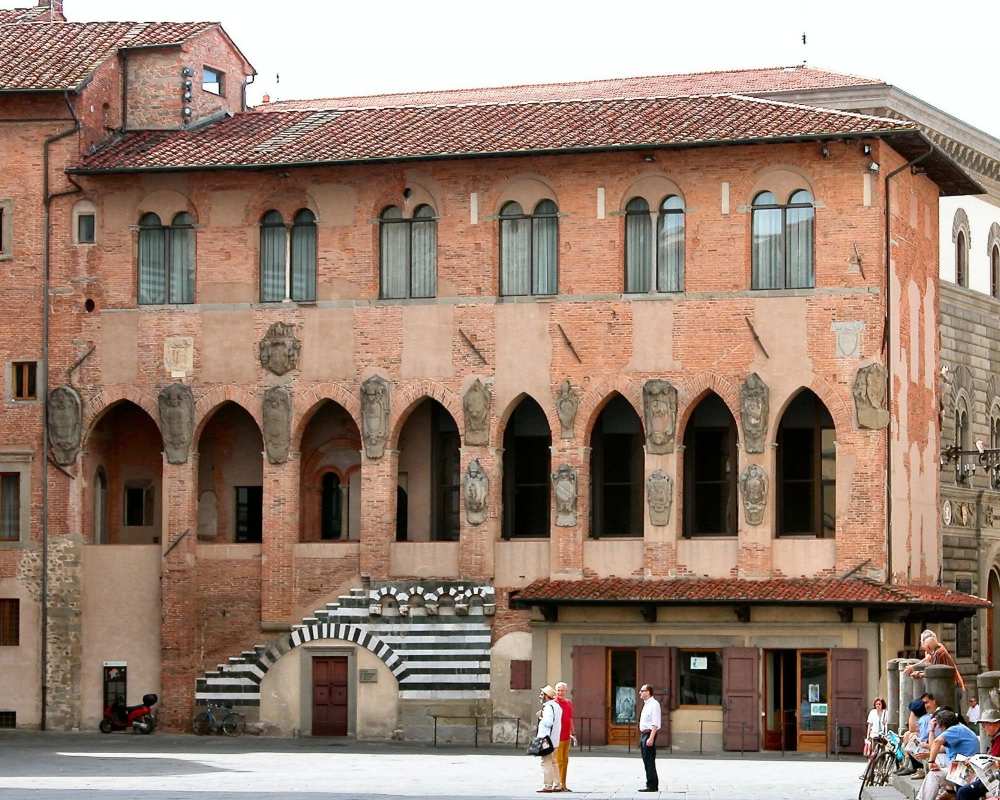
In Pistoia, the Ancient Palace of the Bishops houses the Tactile Museum on the ground floor, which offers many activities from models reproducing Pistoia’s most important buildings.
In Cortona, the MAEC Etruscan Museum has braille panels and copies of the works on display can be touched by visitors.
In Pisa, in the information area of the Sinopie Museum, is placed a model for the tactile exploration of Piazza dei Miracoli.
In Grosseto, inside the Duomo there is a tactile path for blind people.

